Deception is as old as warfare. From the Trojan War and its famous horse to the operations to make Hitler think D-Day was a feint, tricking the enemy into thinking they know where you are or what you're doing when they don't is an effective tactic.
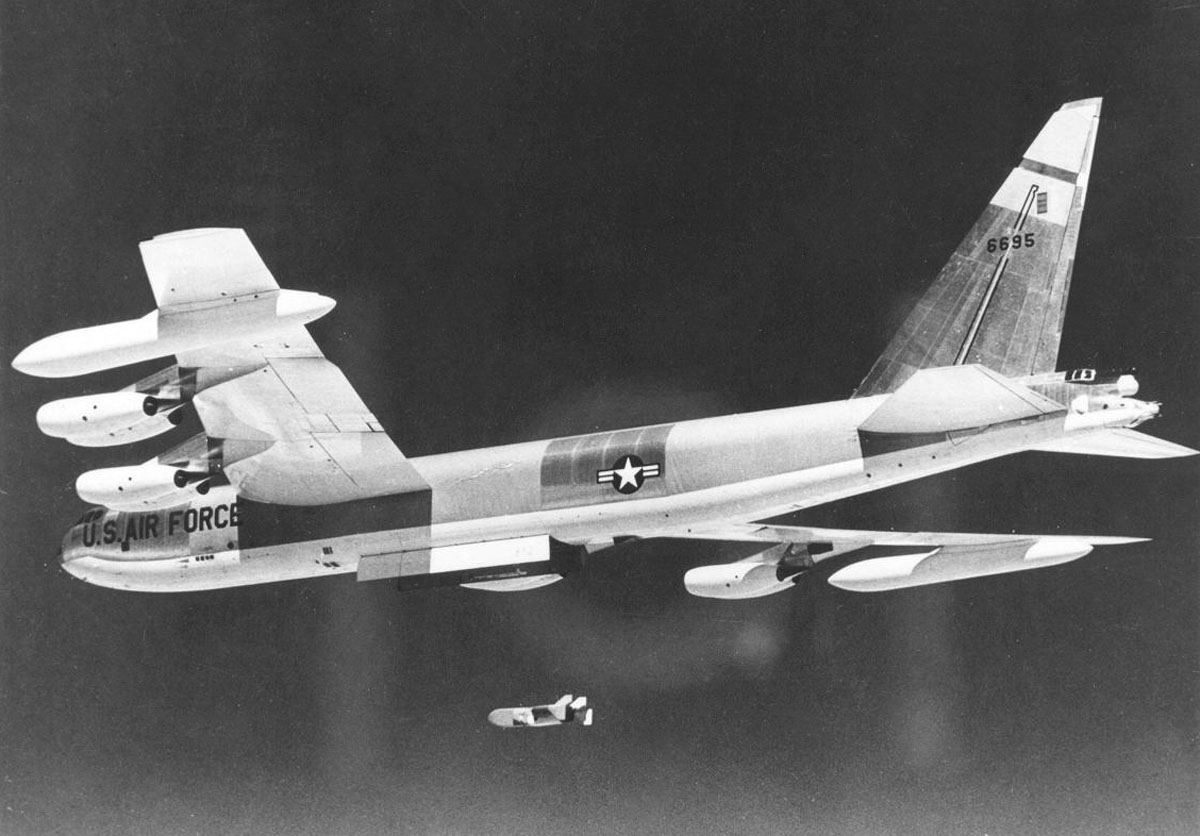
A B-52D deploys a Quail decoy
In the 1950s, planners tasked with developing methods for American bombers to penetrate Soviet air defenses came up with a new way of doing this. By building a small unmanned aircraft, basically a cruise missile sans warhead, with the same speed and altitude performance as a bomber, and fitting it with radar reflectors so that it looked like a bomber on radar, they could flood Soviet radar displays with false targets, drawing off their interceptors or at the very least diluting their efforts.1 Several decoys were developed, some designed to be launched from aircraft, others from ground bases thousands of miles away, although most of them were cancelled before they entered service. The only exception was the air-launched ADM-20 Quail, designed to replicate a B-52. Quail, which also had a 100 lb payload bay for chaff and a flare to replicate the B-52's IR signature, served from 1960 to 1977, by which point improvements in radar made it easy to distinguish from the B-52 and thus obsolete.
These early decoys used passive radar reflectors, which limited their ability to accurately mimic the signatures of a real aircraft. The development of improved electronics during the 70s that made them easy to distinguish from real aircraft also made it possible to design a decoy around an active transponder. This would record the incoming radar signal and retransmit it at the appropriate strength and presumably with modifications applied to more accurately match the aircraft it was simulating. The major advantage was that a decoy could now simulate a wide range of possible aircraft with software changes, greatly improving tactical flexibility. Improved electronics also allowed them to fly much more accurate and complex flight paths, increasing the fidelity of the simulation further.
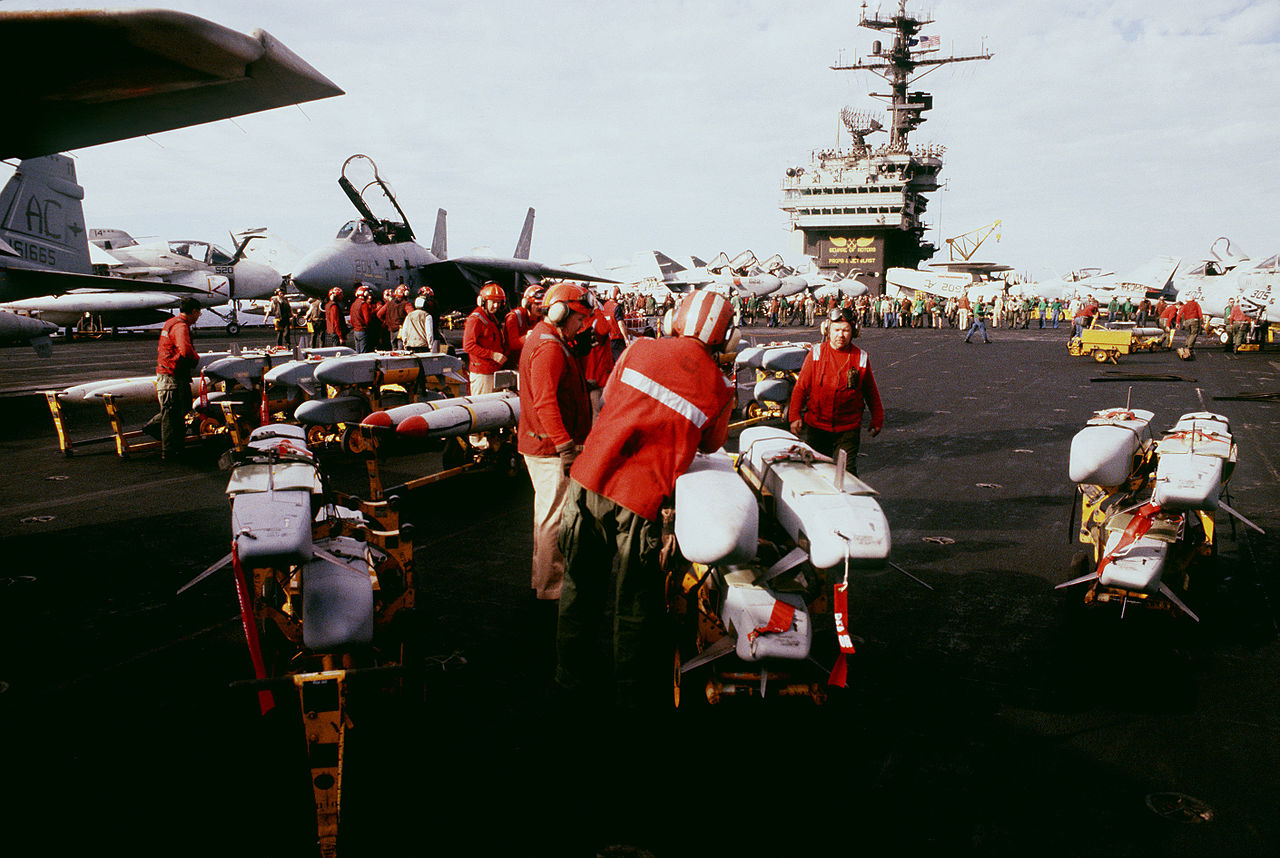
ADM-141 TALDs on the deck of John F Kennedy during Desert Storm
The Israeli military was the first to actually apply these technologies, producing the Samson decoy, an expendable, unpowered glider. The USN liked the idea, and after buying 2,000 Samsons, they asked for an improved version, which became the ADM-141 TALD (Tactical Air-Launched Decoy). TALD was a 400-pound store2 with a range of up to 70 miles when launched from high altitude, although low-altitude launches sharply limited range. The TALD came in two versions, one with the transponder package, another carrying a payload of chaff. Both variants were used during Desert Storm, in the initial suppression of Iraq’s air defenses.
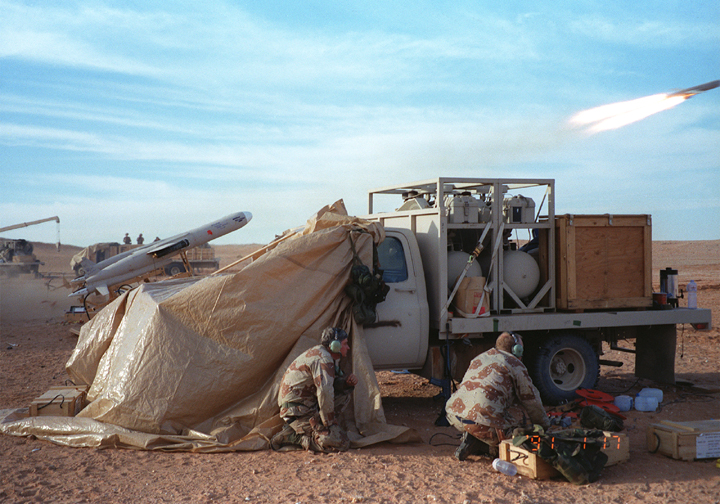
A BQM-74 is launched during Desert Storm
Desert Storm also saw the use of powered decoys in the form of 44 modified BQM-74 target drones, hastily converted to the role with corner (passive) reflectors. The launchers and drones were provided by the Navy, but operated by a group of Air Force personnel mostly drawn from the recently-disbanded ground-launched cruise missile units. Such was the haste to assemble this unit that the tool kits came from Sears, and the field gear from retail stores. On the opening night of the air offensive, just after the Tomahawks and F-117s went in, 37 of the decoys were launched, mostly towards Baghdad. Their mission was to circle the city and draw the eyes of Iraq's air-defense radars, which would then be engaged by Coalition aircraft armed with anti-radiation missiles. The plan worked brilliantly, and despite fears of heavy losses, only 33 manned Coalition aircraft were shot down in almost 70,000 combat sorties.
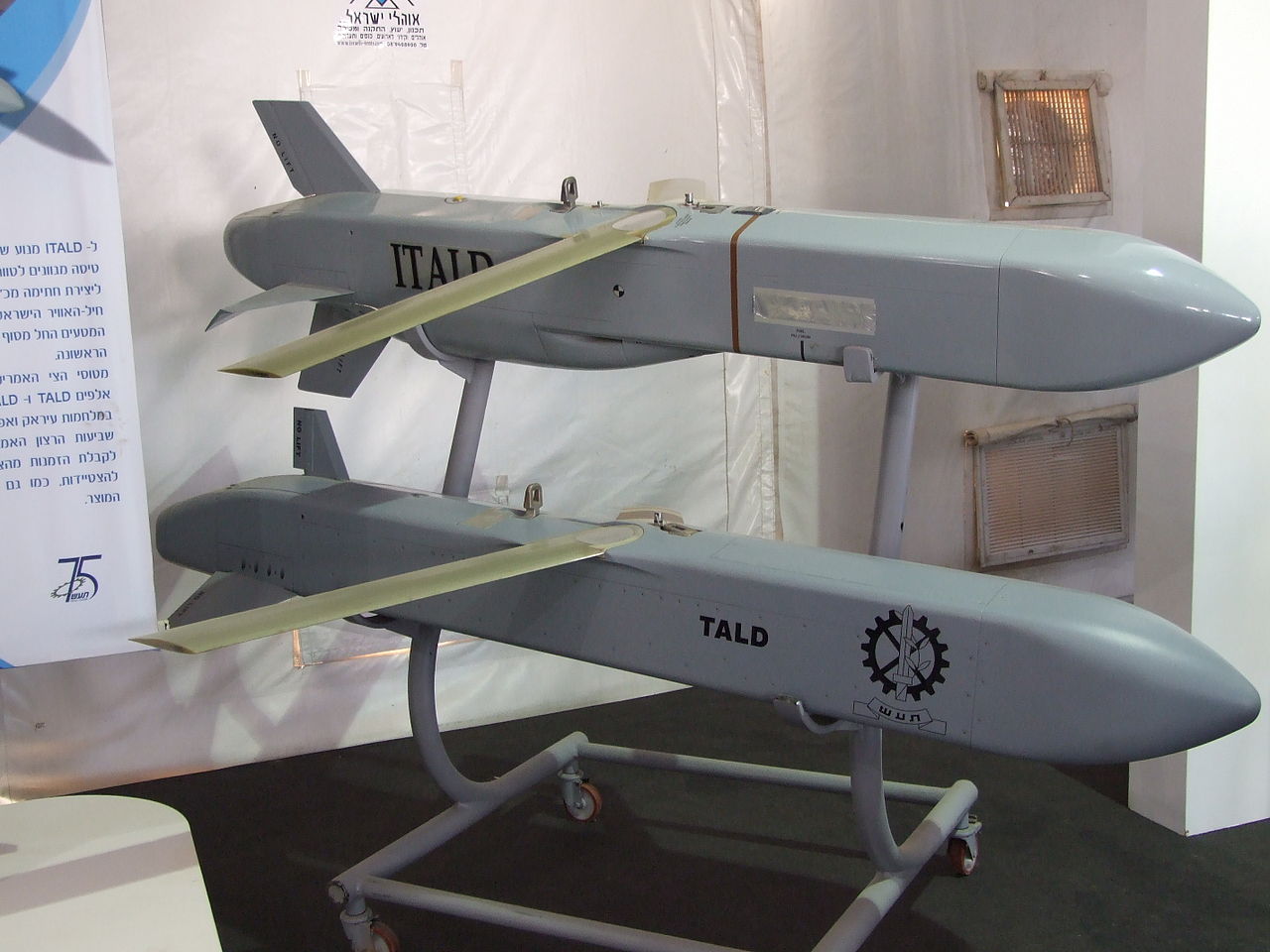
TALD and ITALD on display
In the aftermath of the war, the USN decided that it wanted a powered decoy, and bought the ADM-141C ITALD (Improved TALD). ITALD was simply a TALD fitted with a turbojet engine, giving it a range of almost 200 miles from high altitude. The Air Force also wanted a new air-launched decoy, but for reasons that I’m sure made sense to someone, it decided to develop a new drone instead. The first competition for the Miniature Air Launched Decoy (MALD) was won by Teledyne Ryan in the mid-90s, but the ADM-160A was cancelled in 2002 as it was too expensive and not capable enough. But the requirement still existed, so in 2003 another competition was won by Raytheon, who produced the ADM-160B MALD, entering service in 2009.3 Each ADM-160B weighs about 250 lb, and has a range of almost 600 miles, although it's likely to be launched from shorter range and programmed to loiter over the target.
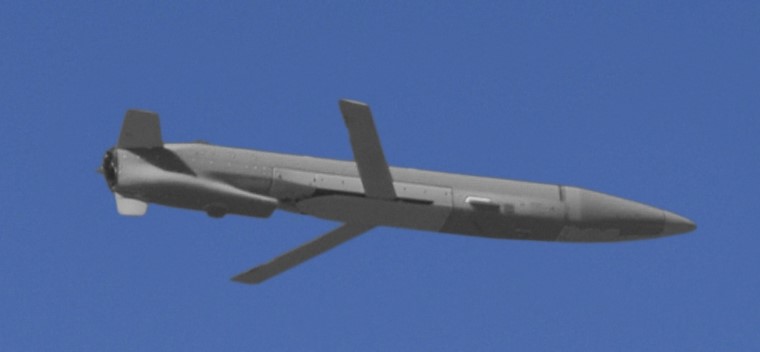
A MALD in flight
But the Air Force had bigger plans for MALD. Yes, the decoy variant was undeniably effective, but modern electronics made it possible to replace the radar transponder with something much smarter and more capable. The result was the ADM-160C MALD-J, the J standing for jammer, an autonomous electronic warfare platform capable of “stand-in” jamming using proximity to the target to make up for its relatively simple and low-powered transmitter. MALD-J is perfect for “escorting” a salvo of something like JASSM or SLAM, working in concert with the missiles’ stealthy design to make sure they reach the target. It’s also fitted with a datalink back to the launch platform or some other controller, allowing jamming modes to be changed and the flight path reprogrammed after launch. MALD-J can also act like a simple decoy, or even imitate several aircraft at once. The data link also lets aircraft use the MALD-J as a sensor, improving their picture of the electronic battlefield.
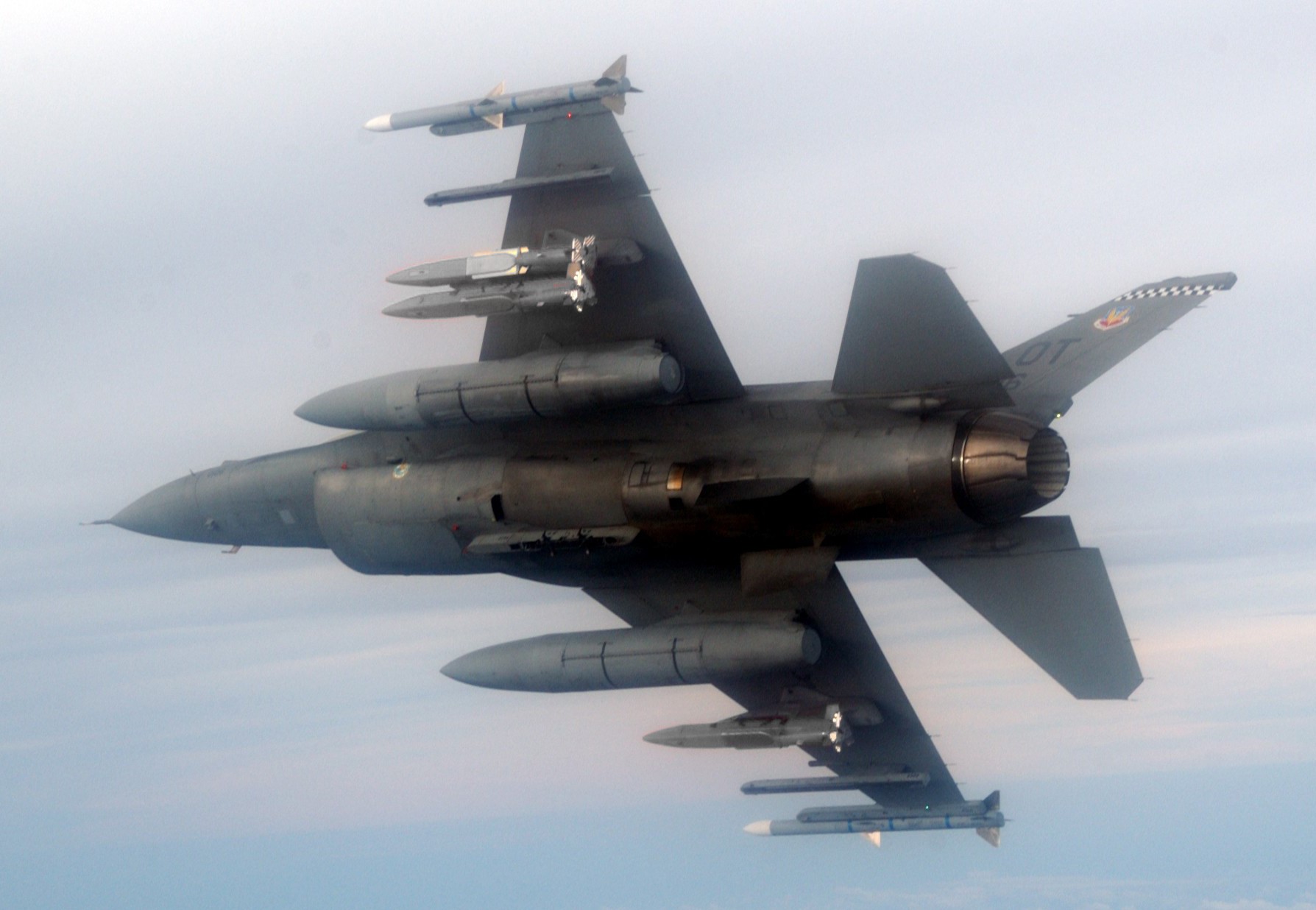
An F-16 carries three MALDs on underwing pylons
Nor is that the limit of MALD’s potential. While the full capabilities of its electronic warfare mission are likely to remain classified, there has been public speculation about other uses for a small, cheap and expendable platform equipped with a datalink. Maybe it could be equipped with a sensor package and turned into a mini-UAV, for reconnaissance, surveillance, and bomb damage assessment (BDA). Maybe it could be fitted with a warhead and used as a cheap cruise missile. The Navy has recently joined the program, bringing another customer to develop new applications for this unique platform. The future is bright for the MALD.
1 The most prominent example of this tactic in popular culture is probably the missile attack on the American carriers in Tom Clancy’s excellent Red Storm Rising. ⇑
2 The technical term for anything that gets hung on an aircraft and might be dropped, including weapons, non-weapon things like decoys, and even drop tanks. ⇑
3 For the record, this is very much not how the designation system is supposed to work, and the Raytheon MALD should have gotten a new number. ⇑

Recent Comments